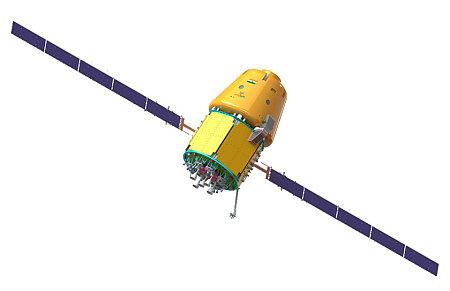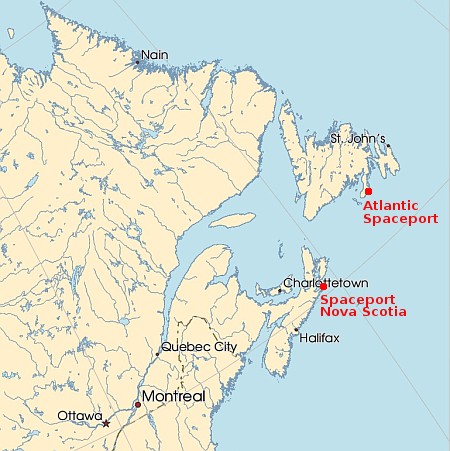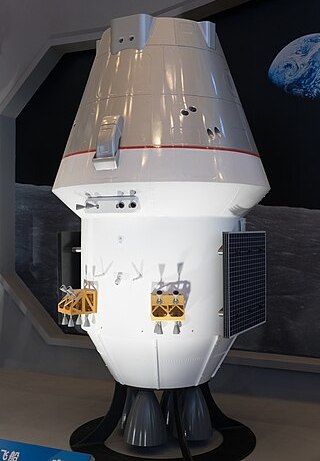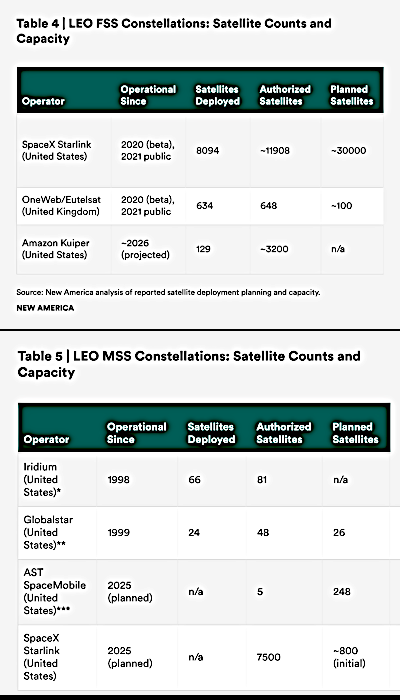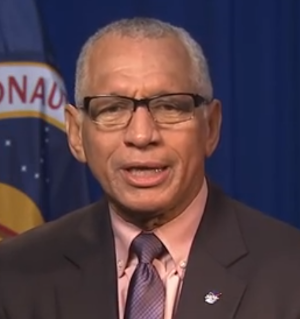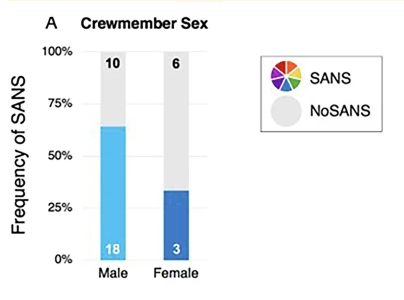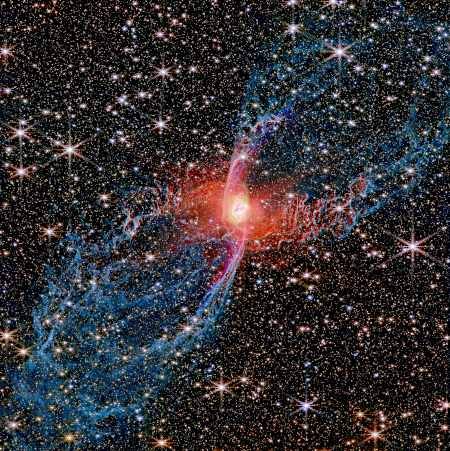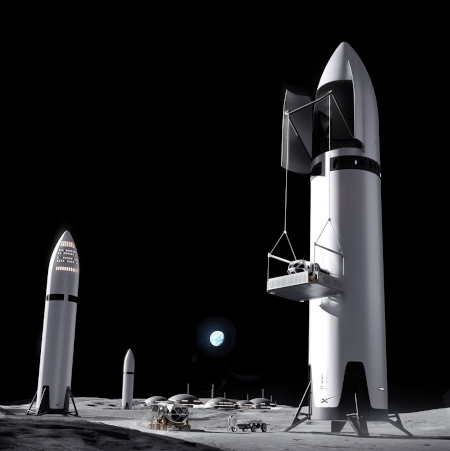More Washington shenanigans over who will be NASA’s next administrator
Two news outlets in the past day (Politico and Ars Technica) have posted stories about a 62-page plan — supposedly written by Jared Isaacman while he was still the nominee to become NASA administrator — that was recently leaked to them as well as others inside and outside NASA.
The plan itself, dubbed “Project Athena”, has not been made available, though the descriptions at both sources suggest it matches closely with the overall Trump effort to cancel SLS and Orion and shift space operations out of NASA and more into the private sector.
The nature of this plan of course threatens NASA’s established work force and the big space contractors who have worked hand-in-glove with NASA for decades, producing little but distributing a lot of money and jobs to these groups. Not surprisingly, both news sources quote extensively from anonymous sources within that NASA work force and those big space contractors, lambasting the plan and blasting Isaacman for proposing it. From the Politic article:

Sean Duffy: “Pick me! Pick me!”
Putting all of these plans into writing is a “rookie move,” and “presumptuous,” said an industry insider who has seen the document and thought it would stoke congressional skepticism around his nomination. Many of these ideas would need congressional approval to enact, and Congress could always block them.
The Ars Techica article speculates that interim NASA administrator Sean Duffy was the source of the leak, in his effort to become NASA’s official administrator. If the plan is Isaacman’s, it generates opposition to renewing Isaacman’s nomination as NASA administrator while garnering support for Duffy from NASA’s workforce and those big space contractors.
All of this is pure Washington swamp, however, which really matters little in the long run. First of all, none of this is real. We are talking about an unreleased plan that no one has seen publicly, and the reactions of anonymous sources criticizing that unseen plan. It is all the stuff of ghosts and fantasy. For we know, it is all made up, just like the Russian collusion hoax was manufactured against Trump.
Second, and more important, who runs NASA next is becoming increasingly unimportant. » Read more


